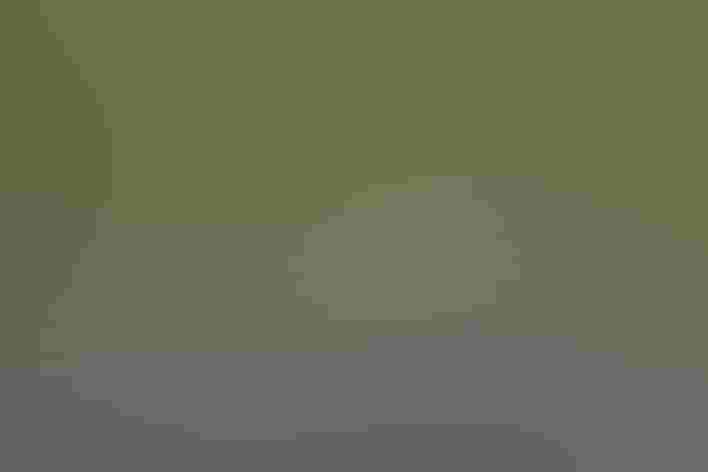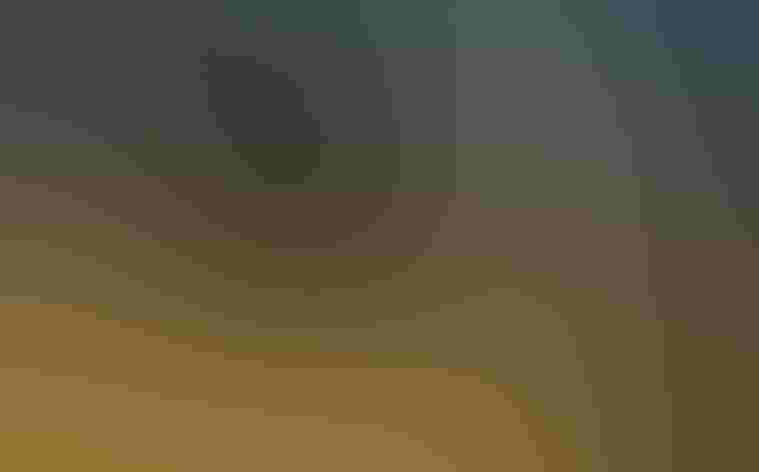Great Black-backed Gull
At a Glance
Our largest gull. Primarily a bird of the Atlantic Coast, seldom seen inland except around the Great Lakes. Because of its large size and omnivorous feeding habits, the Great Black-back can be a significant predator on other species of birds during the nesting season. It has benefitted from certain human activities (such as the establishment of garbage dumps) and has expanded its range southward along the Atlantic seaboard in recent decades.
All bird guide text and rangemaps adapted from Lives of North American Birds by Kenn Kaufman© 1996, used by permission of Houghton Mifflin Harcourt Publishing Company. All rights reserved.
Category
Gull-like Birds, Gulls and Terns
IUCN Status
Least Concern
Habitat
Coasts and Shorelines, Lakes, Ponds, and Rivers, Landfills and Dumps, Open Ocean, Saltwater Wetlands, Urban and Suburban Habitats
Region
Alaska and The North, Eastern Canada, Florida, Great Lakes, Mid Atlantic, New England, Southeast, Texas, Western Canada
Behavior
Direct Flight, Flap/Glide, Soaring, Swimming
Population
370.000
Range & Identification
Migration & Range Maps
Present all year in most parts of breeding range, but withdraws in winter from coast of Labrador, and a few move south as far as Florida. Numbers in southeast and on Great Lakes increase in winter. Very rare on Gulf Coast and in most inland areas.
Description
30" (76 cm). Huge, heavy-billed. Adult is the only black-backed, pink-legged gull likely away from west coast (but outside usual northeastern range, such a bird might be a rare visitor such as Slaty-backed). Immatures show strong checkered pattern above at first, very pale on head and below; after two years, they start to develop black on back.
Size
About the size of a Heron, About the size of a Mallard or Herring Gull
Color
Black, Brown, Gray, Pink, Red, White, Yellow
Wing Shape
Broad, Pointed, Tapered
Tail Shape
Rounded, Short, Square-tipped
Songs and Calls
Similar to that of Herring Gull, but deeper and more guttural, a deep keeow.
Call Pattern
Falling, Flat
Call Type
Raucous, Scream
Habitat
Mainly coastal waters, estuaries; a few on large lakes. Close to coast at most seasons, but will forage far offshore in winter over the continental shelf. Some regularly move inland along St. Lawrence River to Great Lakes, rarely other fresh waters. Nests mostly on islands, tops of sea cliffs, sometimes on mainland beaches and marsh edges.
Sign up for Audubon's newsletter to learn more about birds like the Great Black-backed Gull
Behavior
Eggs
2-3, sometimes 1-5. Olive to buff with brown blotches. Incubation is by both sexes, 27-28 days.
Young
Both parents care for and feed young. Downy young may wander from nest after a few days, but remain in general area. Young are capable of flight at 7-8 weeks after hatching, become independent soon thereafter.
Feeding Behavior
Opportunistic. Forages on foot, while flying, or while swimming. May steal food from other birds. May break open hard-shelled mollusks and eggs by flying high and dropping them on rocks. Often scavenges on refuse around fishing boats, docks, garbage dumps.
Diet
Omnivorous. Diet includes carrion, fish, mollusks, crustaceans, marine worms, insects, rodents, berries, and the adults, young, and eggs of other birds.
Nesting
Usually first breeds at age of 4-5 years. Generally nests in colonies, often mixed with Herring Gulls or other birds; sometimes nests in isolated pairs. Nest site is on ground, often on top of or beside a rocky outcropping. Nest (built by both sexes) is mound of grass, seaweed, moss, debris, with shallow depression in center.
Conservation
Conservation Status
Has been increasing its population in North America at least since the 1930s, with the breeding range steadily expanding southward along the Atlantic Coast and inland to some areas of the Great Lakes.
Climate Threats Facing the Great Black-backed Gull
Choose a temperature scenario below to see which threats will affect this species as warming increases. The same climate change-driven threats that put birds at risk will affect other wildlife and people, too.











